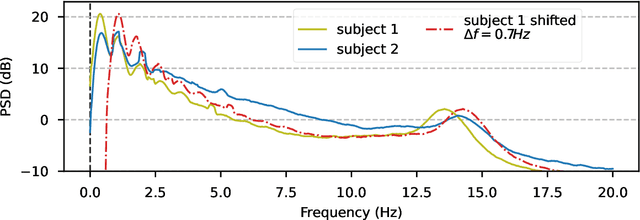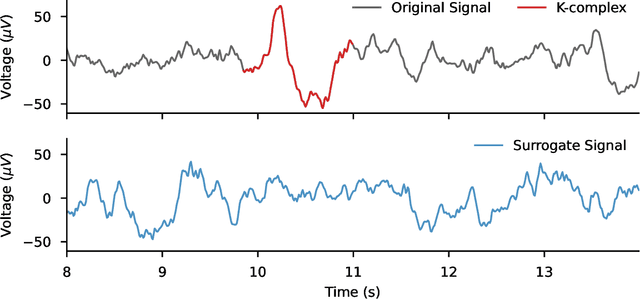Joseph Paillard
Hierarchical Variable Importance with Statistical Control for Medical Data-Based Prediction
Aug 12, 2025Abstract:Recent advances in machine learning have greatly expanded the repertoire of predictive methods for medical imaging. However, the interpretability of complex models remains a challenge, which limits their utility in medical applications. Recently, model-agnostic methods have been proposed to measure conditional variable importance and accommodate complex non-linear models. However, they often lack power when dealing with highly correlated data, a common problem in medical imaging. We introduce Hierarchical-CPI, a model-agnostic variable importance measure that frames the inference problem as the discovery of groups of variables that are jointly predictive of the outcome. By exploring subgroups along a hierarchical tree, it remains computationally tractable, yet also enjoys explicit family-wise error rate control. Moreover, we address the issue of vanishing conditional importance under high correlation with a tree-based importance allocation mechanism. We benchmarked Hierarchical-CPI against state-of-the-art variable importance methods. Its effectiveness is demonstrated in two neuroimaging datasets: classifying dementia diagnoses from MRI data (ADNI dataset) and analyzing the Berger effect on EEG data (TDBRAIN dataset), identifying biologically plausible variables.
Measuring Variable Importance in Individual Treatment Effect Estimation with High Dimensional Data
Aug 23, 2024Abstract:Causal machine learning (ML) promises to provide powerful tools for estimating individual treatment effects. Although causal ML methods are now well established, they still face the significant challenge of interpretability, which is crucial for medical applications. In this work, we propose a new algorithm based on the Conditional Permutation Importance (CPI) method for statistically rigorous variable importance assessment in the context of Conditional Average Treatment Effect (CATE) estimation. Our method termed PermuCATE is agnostic to both the meta-learner and the ML model used. Through theoretical analysis and empirical studies, we show that this approach provides a reliable measure of variable importance and exhibits lower variance compared to the standard Leave-One-Covariate-Out (LOCO) method. We illustrate how this property leads to increased statistical power, which is crucial for the application of explainable ML in small sample sizes or high-dimensional settings. We empirically demonstrate the benefits of our approach in various simulation scenarios, including previously proposed benchmarks as well as more complex settings with high-dimensional and correlated variables that require advanced CATE estimators.
Data augmentation for learning predictive models on EEG: a systematic comparison
Jun 29, 2022



Abstract:The use of deep learning for electroencephalography (EEG) classification tasks has been rapidly growing in the last years, yet its application has been limited by the relatively small size of EEG datasets. Data augmentation, which consists in artificially increasing the size of the dataset during training, has been a key ingredient to obtain state-of-the-art performances across applications such as computer vision or speech. While a few augmentation transformations for EEG data have been proposed in the literature, their positive impact on performance across tasks remains elusive. In this work, we propose a unified and exhaustive analysis of the main existing EEG augmentations, which are compared in a common experimental setting. Our results highlight the best data augmentations to consider for sleep stage classification and motor imagery brain computer interfaces, showing predictive power improvements greater than 10% in some cases.
 Add to Chrome
Add to Chrome Add to Firefox
Add to Firefox Add to Edge
Add to Edge